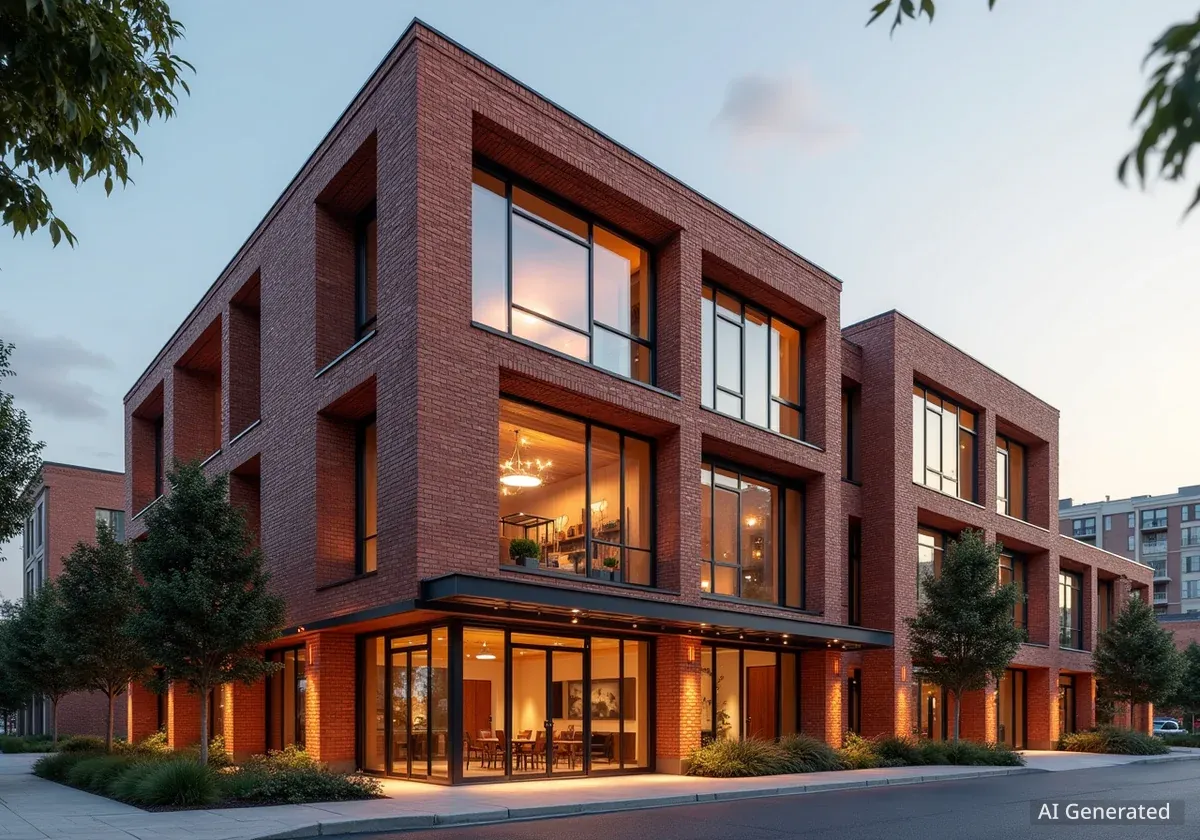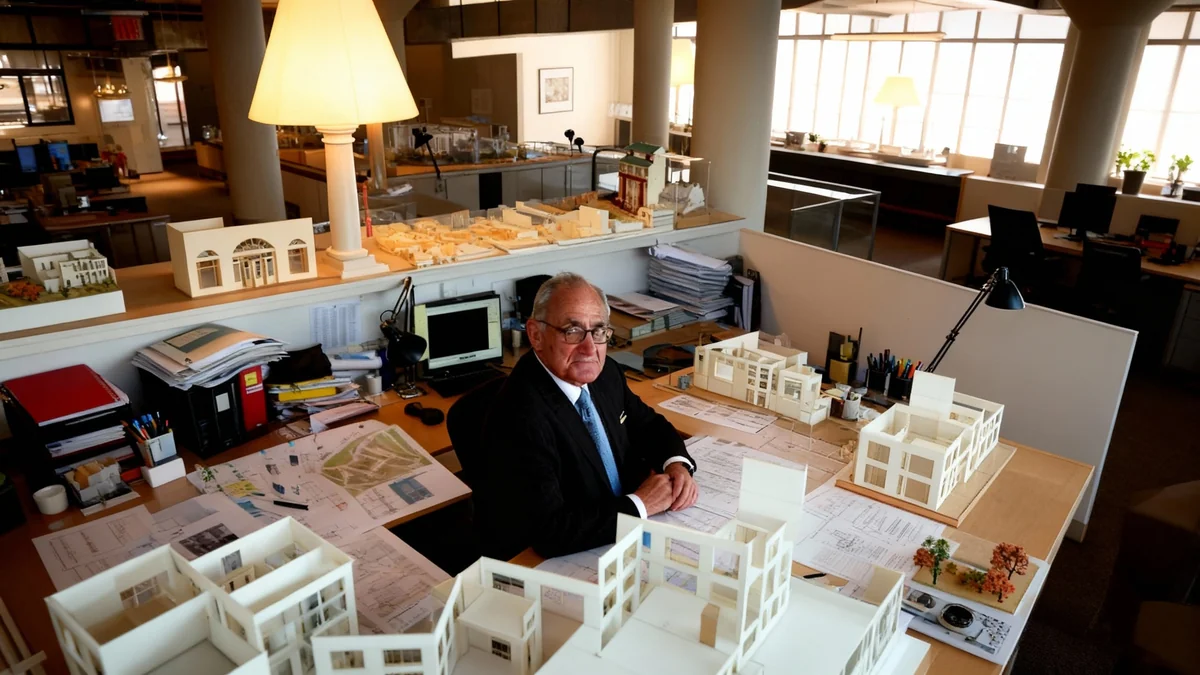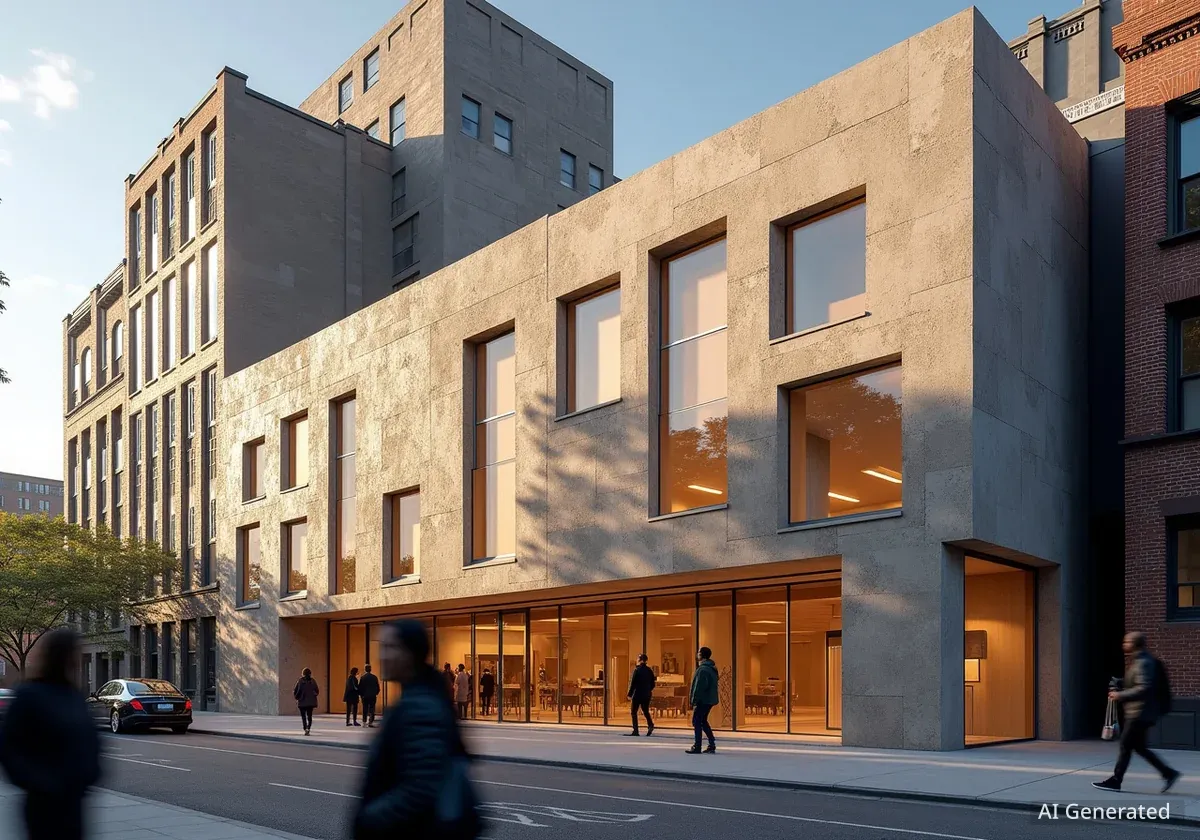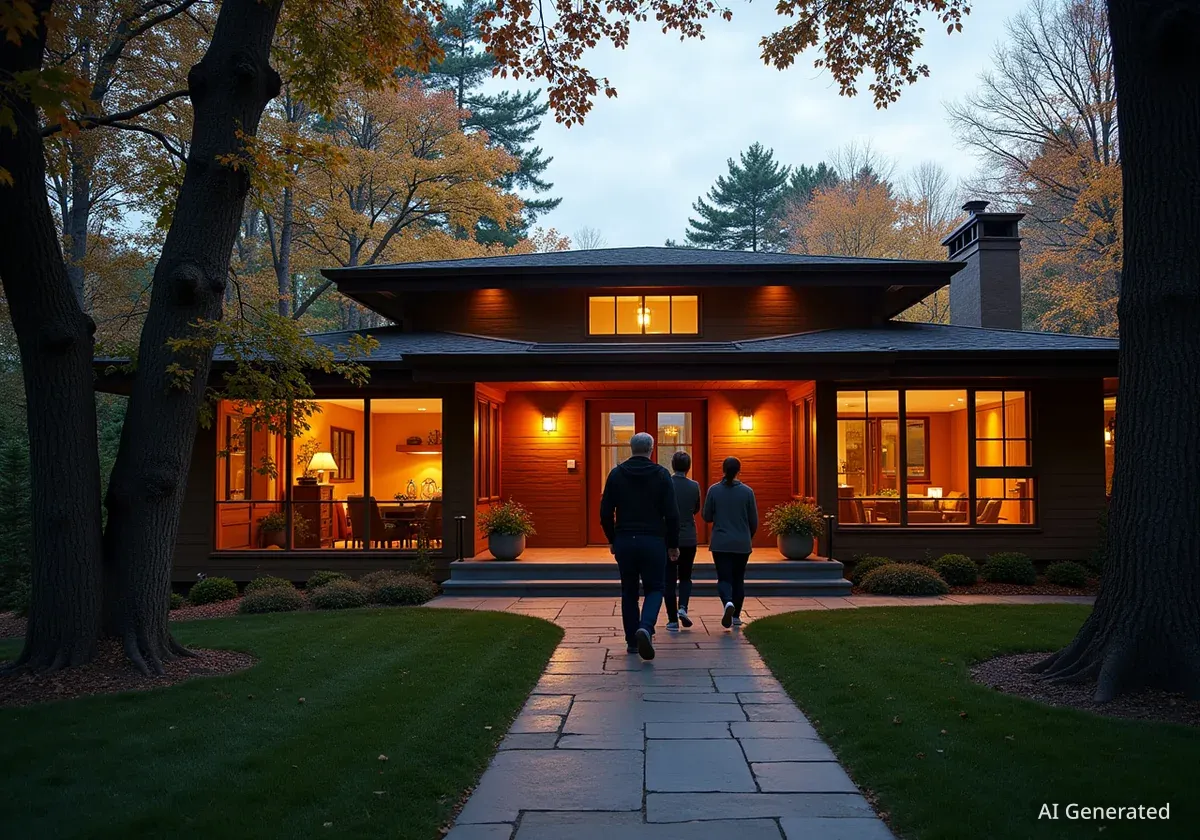The BRICK AWARD 26 has announced its shortlist, recognizing the world’s 50 most inspiring brick buildings. This biennial international award, hosted by Wienerberger, highlights innovative and forward-looking architecture that utilizes brick and ceramic building products. The awards ceremony will take place on June 11, 2026, in Vienna, celebrating exceptional design across five distinct categories.
Since its inception in 2004, the BRICK AWARD has served as a significant platform for design teams globally. It acknowledges their unique designs and promotes brick as a timeless and versatile material in modern construction. The current shortlist was carefully selected from a total of 849 submissions, demonstrating the widespread interest and high quality of projects submitted.
Key Takeaways
- BRICK AWARD 26 shortlist features 50 inspiring brick buildings.
- The award, hosted by Wienerberger, celebrates innovative brick architecture.
- Submissions for this cycle totaled 849 projects.
- Awards are presented in five categories, including 'Feeling at home' and 'Building outside the box'.
- The ceremony is scheduled for June 11, 2026, in Vienna.
Recognizing Architectural Excellence
The BRICK AWARD aims to showcase how traditional materials can be used in contemporary and innovative ways. It emphasizes sustainability, aesthetic appeal, and functionality in architectural design. The selection process involves a rigorous evaluation by an international jury of architects and experts. This ensures that only projects demonstrating exceptional quality and vision make it to the final stages.
According to Wienerberger, the award seeks to promote the use of brick and ceramic materials in architecture. These materials offer numerous benefits, including durability, energy efficiency, and a natural aesthetic. They also contribute to a comfortable indoor climate and have a long lifespan, making them a sustainable choice for construction.
Award History
- The BRICK AWARD was first launched in 2004.
- It is a biennial event, occurring every two years.
- The award highlights the versatility and innovation of brick architecture.
The Selection Process and Criteria
The journey to the shortlist involved a comprehensive review of all 849 submissions. Projects were evaluated based on several criteria. These included their innovative use of brick, architectural quality, sustainability, and overall contribution to enhancing living spaces and urban environments. The jury considered both the technical aspects and the artistic expression of each design.
The diverse range of submissions reflects global trends in architecture. It also shows a growing appreciation for brick as a material that can adapt to various styles and functions. From residential homes to large public structures, brick continues to be a fundamental element in modern building practices.
Diverse Categories for Recognition
The BRICK AWARD 26 is structured around five main categories. Each category focuses on a different aspect of building and design. This ensures a broad representation of architectural achievements and innovative approaches to brick construction.
The categories are:
- Feeling at home: This category includes single-family houses and smaller residential projects. It focuses on designs that create comfortable and inspiring living spaces.
- Living together: This category covers urban residential developments. It recognizes projects that contribute to community living and efficient use of urban space.
- Working together: This category features commercial and industrial buildings. It highlights designs that create functional and aesthetically pleasing work environments.
- Sharing public spaces: This category focuses on public buildings and spaces. It includes projects like schools, cultural centers, and public infrastructure that serve the community.
- Building outside the box: This category is dedicated to innovative concepts and experimental uses of brick. It celebrates projects that push the boundaries of traditional brick architecture.
"The BRICK AWARD provides a vital platform for architects to showcase their creativity and commitment to sustainable design," stated a Wienerberger spokesperson. "We are continually impressed by the ingenuity displayed in these projects, demonstrating brick's enduring relevance."
Global Representation on the Shortlist
The 50 shortlisted projects come from various countries around the world. This global representation underscores the international appeal and impact of brick architecture. The designs reflect different cultural contexts, climate conditions, and construction techniques, all unified by the use of brick.
For example, some projects might feature traditional brickwork patterns, while others could incorporate modern interpretations of brick facades. The geographical diversity of the shortlist adds to the richness and depth of the award, showcasing a wide spectrum of architectural thought.
Wienerberger's Role
Wienerberger is a leading international provider of building materials and infrastructure solutions. The company's commitment to sustainable building practices and innovative product development aligns with the goals of the BRICK AWARD. By hosting this award, Wienerberger aims to foster excellence in architecture and promote the responsible use of natural resources.
Anticipation for the Awards Ceremony
The final awards ceremony on June 11, 2026, in Vienna, will be a significant event for the architecture community. Winners in each category, along with an overall Grand Prize winner, will be announced. The event will bring together architects, designers, industry professionals, and media from around the globe.
The BRICK AWARD not only celebrates individual projects but also inspires future generations of architects. It encourages them to explore the potential of brick and ceramic materials in creating sustainable, beautiful, and functional buildings. The award highlights brick as a material that combines historical significance with modern applicability.
The shortlisted projects will be featured in a special publication, offering detailed insights into their design philosophies and construction methods. This publication serves as a valuable resource for architects and enthusiasts alike, providing inspiration and demonstrating best practices in brick architecture. The anticipation for the final results is building as the architecture world looks forward to recognizing these exemplary works.




